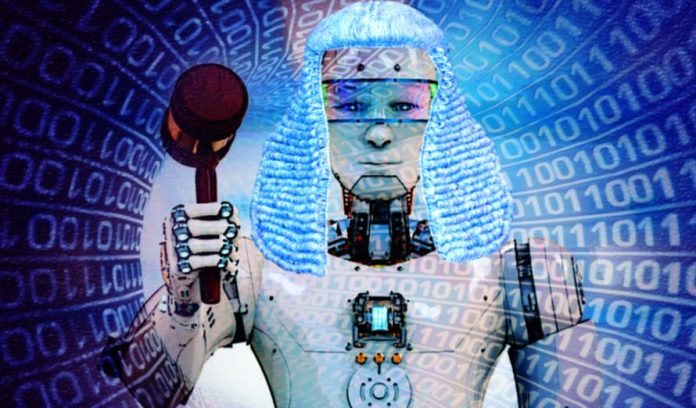By Ashit Kumar Srivastava and Ishita Srivastava
Like many courts across the globe, the Supreme Court of India has been a supporter of Artificial Intelligence (AI). This has not only streamlined the working of the Court, but helped it in deliverance of justice.
With the onslaught of Covid and the physical distance protocol in force, the Supreme Court was forced to go virtual. This has turned out to be a blessing in disguise and helped invoke several AI driven mechanisms.
Some of these are:
- SUVAS (Supreme Court Vidhi Anuvaad Software), an artificial mechanism for converting Supreme Court judgments into nine vernacular languages. This will help the masses comprehend English judgments in their native tongue.
- The Court has also created a National Judicial Data Grid for keeping track of pending cases.
- SUPACE (Supreme Court Portal for Assistance in Courts Efficiency) is a mechanism which will help the Court in combining all the relevant knowledge and laws about a case on a scroll of a tab. This will save it from rummaging for relevant case laws and going through big piles of documents.
Interestingly, the Courts have sometimes delivered opinions which have not been regarded as a binding precedent as they have certain fallacies of law or what is called “Per Incuriam”. A better definition of the term can be found in Hyder Consulting (UK) Ltd. vs State of Orissa (2015), where the Court has laid down the following definition: ….The Latin expression “per incuriam” literally means “through inadvertence”. A decision can be said to be given per incuriam when the court of record has acted in ignorance of any previous decision of its own, or a subordinate court has acted in ignorance of a decision of the court of record. As regards the judgments of this Court rendered per incuriam, it cannot be said that this Court has “declared the law” on a given subject-matter, if the relevant law was not duly considered by this Court in its decision….
Also Read: UPTET 2021 exam: Petition filed in Allahabad High Court on disputed questions
SUPACE will help the judicial body in pulling out relevant substance, facts and matter of laws in few seconds from the case file and help increase efficiency. Additionally, SUPACE has the feature of a chatbot, which will help judges ask what the case is about and getting equipped in a matter of seconds. This will be a game changer and help reduce the backlog of cases across India, which is more than three crore.
Access to justice and timely delivery of it are one of the essential features of the Constitution, and AI-assisted mechanisms can be the way forward. With relevant case laws and laws on the issue before the judge, the possibility of judicial infirmity also goes away.
Additionally, with the growth of the AI industry, several other tools will be of much assistance for courts. One is Natural Language Processing (NLP). NLP is a sub-field of machine learning (ML) and programmes the computer in such a way as to critically process huge amounts of human language. NLP sees human language and text as a data-set and is capable of summarising huge amounts of data-sets on the basis of relevancy and repetitions of words. This will help in the administration of justice and dispensation of matters of small causes. Though there are questions of human discretion embedded within AI-assisted justice, courts are turning to AI for faster administration of justice.
—Ashit Kumar Srivastava is Assistant Professor, Dharmashastra National Law University, Jabalpur, and Ishita Srivastava is at Tenthpin


